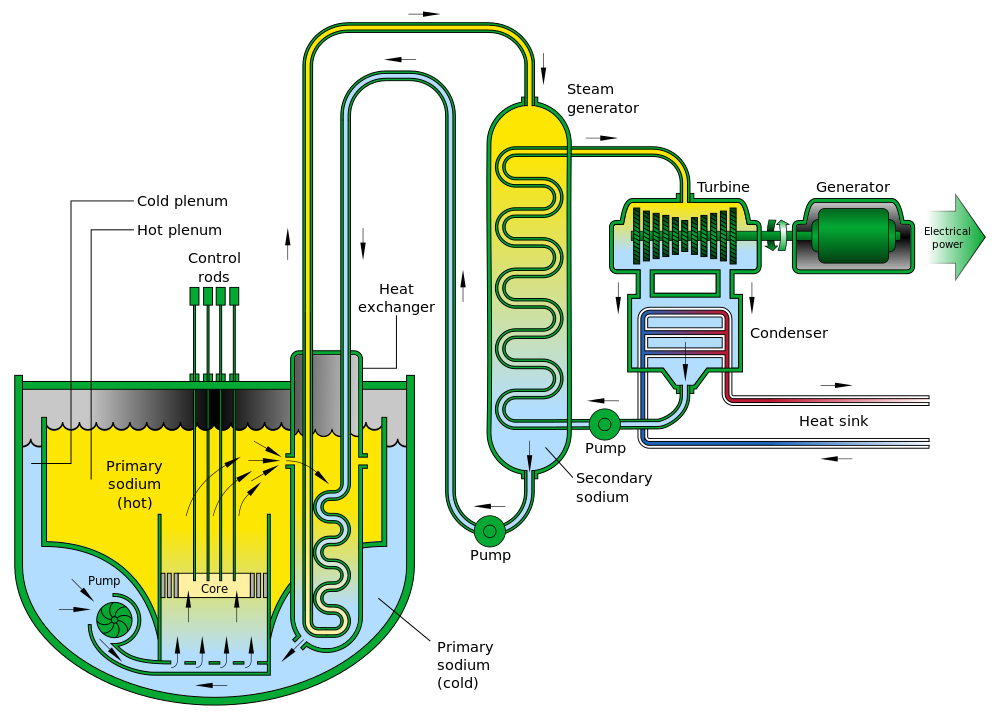I have mentioned the Generation IV nuclear power reactor designs that are being promoted by the nuclear industry in previous blog posts. The new reactors are purported to be safer, cheaper, more reliable, etc. than the reactors that are now in use to generate electricity. Recently the IRSN, the French nuclear safety agency issued a report critical of claims that the new designs are safer than the old designs.
IRSN is France's "public service expert in nuclear and radiation risks, and its activities cover all the related scientific and technical issues. Its areas of specialization include the environment and radiological emergency response, human radiation protection in both a medical and professional capacity, and in both normal and post-accident situations, the prevention of major accidents, nuclear reactor safety, as well as safety in plants and laboratories, transport and waste treatment, and nuclear defense expertise. IRSN interacts with all parties concerned by these risks (public authorities, in particular nuclear safety and security authorities, local authorities, companies, research organizations, stakeholders’ associations, etc.) to contribute to public policy issues relating to nuclear safety, human and environmental protection against ionizing radiation, and the protection of nuclear materials, facilities, and transport against the risk of malicious acts."
Most of the nuclear power reactors in use today are Generation II pressurized water reactors. A few Generation III power reactors are currently being built based on the Generation II designs but with added safety features. The IRSN report covered a study of six new reactor designs that are being studied by the U.S.-led Generation IV International Forum. Only the sodium-cooled fast reactor (SFR) design is developed enough for a prototype to be built by 2050. With respect to the SFR, IRSN said that while they thought that an SFR reactor could possibly be as safe as the Generation III pressurized water reactors currently being built, they could not be sure that the SFR would be any safer than the Generation III reactors.
While the SFR reactors can operate at lower pressures than the Generation II and Generation III reactors, sodium reacts violently with water and air. The report also questioned the claim that the SFR reactors would be able to burn up "actinides" which are " among the most dangerous by-products of nuclear fission." Proponents of the SFRs say that they would be able to burn up nuclear waste and reduce the need for deep geological disposal. IRSN says that this feature was of little utility and would not be a major factor in any decision to build SFRs.
The IRSN report did say that the Very High Temperature Reactor (VHTR), one of the Generation IV designs that they studied, might be able to offer significant safety improvements over the Generation II and Generation III reactors but that the actual feasibility of the VHTRs has not yet been determined.
In any case, Generation IV reactors will not come online soon enough to have a major impact on climate change. Considering how rapidly the cost of solar and wind power are dropping and the fact that nuclear reactor construction costs are rising, it is unlikely that this new generation of reactors will ever be built. Power production by solar power satellite is more probable.
Sodium cooled fast reactor diagram:
